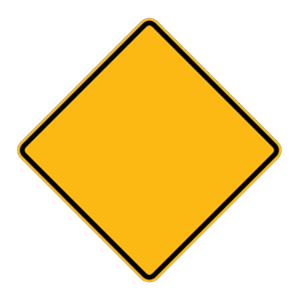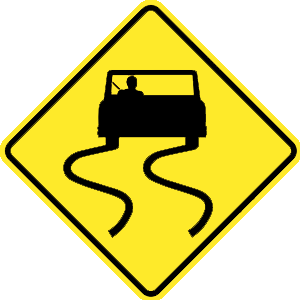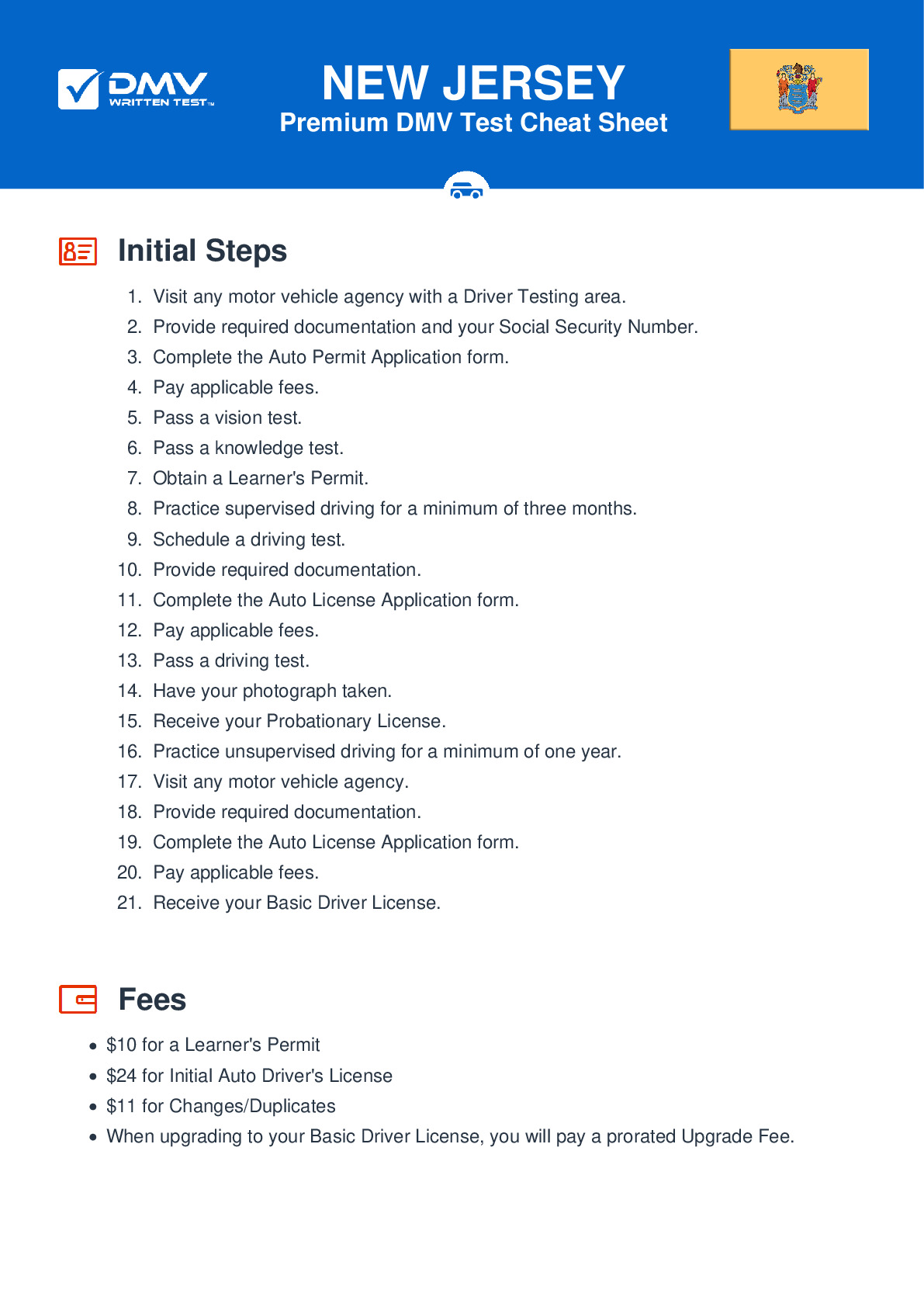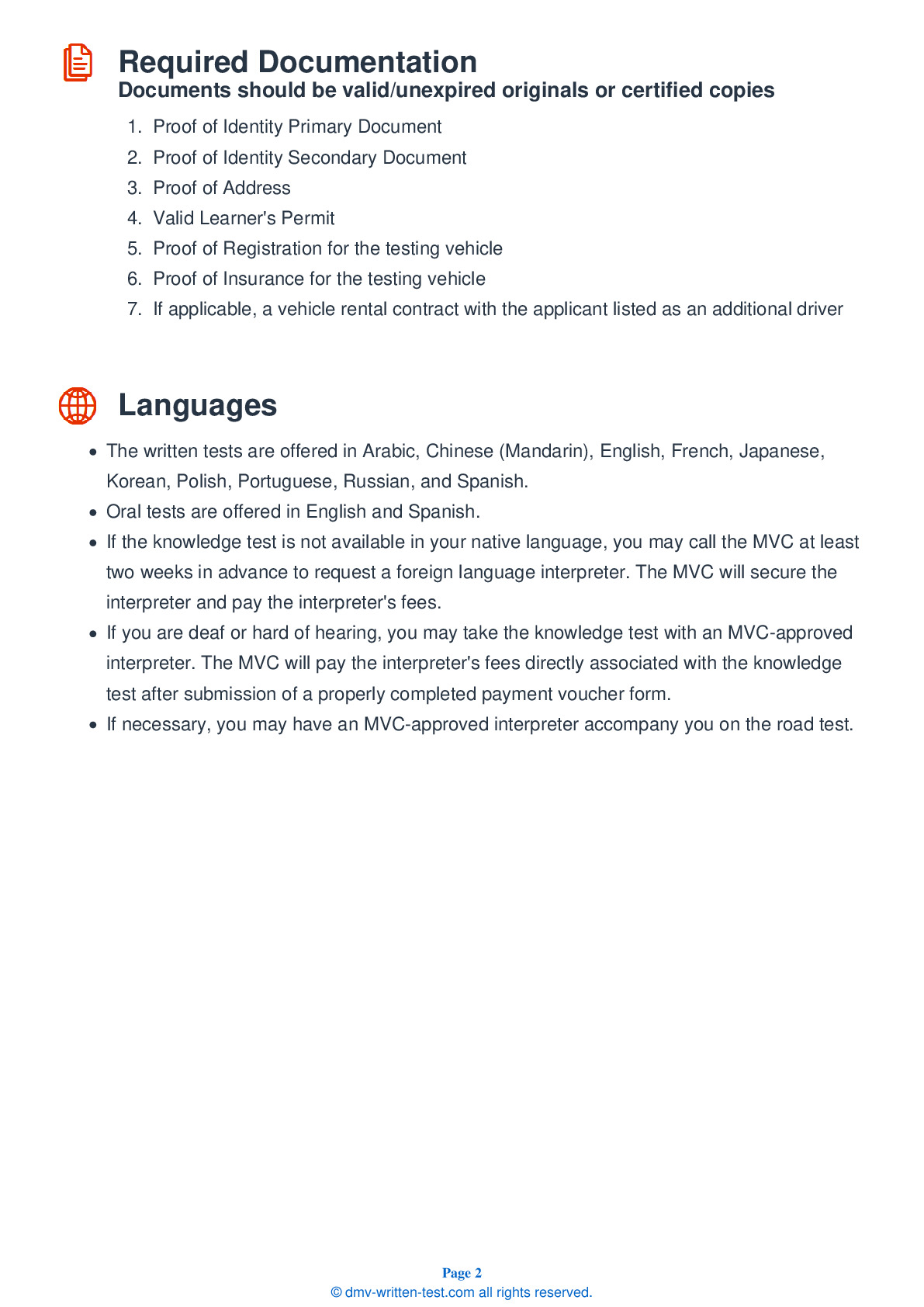2025 New Jersey Permit Test 14
The following questions are from real DMV written tests. These are some of the actual permit questions you will face in New Jersey. Each permit practice test question has three answer choices. Select one answer for each question and select "grade this section." You can find this button at the bottom of the drivers license quiz. For a complete list of questions and answers for New Jersey please visit https://cheat-sheets.dmv-written-test.com/en/new-jersey/car.
Number of Tests
Number of Question
Passing Score
43. If an oncoming driver is heading toward you in your lane, you should:
Explanation
If another vehicle is approaching you head-on in your lane, you should first honk your horn to attract attention. If the other driver does not move over, try to escape to the right. If you swerve left and the other driver corrects at the last instant, you will still crash. If a collision is unavoidable, brake firmly and steadily. Every mile per hour you slow down will reduce the impact.
44. What is a "No zone?"
Explanation
"No zones" are the large blind spots around trucks and other large vehicles. Drivers of smaller vehicles should avoid lingering in "No zones."
45. When changing lanes you should not:
Explanation
Before changing lanes, check your side and rearview mirrors for traffic approaching you from behind. Use your turn signal to let other drivers know you plan to change lanes. Check for other drivers who also may be moving into the same lane.
46. Is it legal cross a double solid yellow centerline to pass?
Explanation
Two solid yellow lines down the center of a two-way road mean that neither lane of traffic may cross the lines, unless they are turning off of the roadway. A driver can cross double yellow lines when turning into or out of a driveway or entrance to a business. No passing is allowed over a solid yellow line.
47. A yellow and black diamond-shaped sign:

Explanation
Warning signs, which tell you about conditions on or near the road ahead, are usually diamond-shaped with black symbols or words on a yellow background.
48. When driving on slippery roads, you should:
Explanation
On slippery roads, you should increase your following distance. It may take more time to stop your vehicle than it would under normal conditions.
49. This road sign means:

Explanation
This sign warns that pavement is slippery when wet. In wet conditions, you should reduce your speed, avoid braking or changing direction suddenly, and increase the distance between your vehicle and the one ahead.
50. Before passing another vehicle, you should signal:
Explanation




